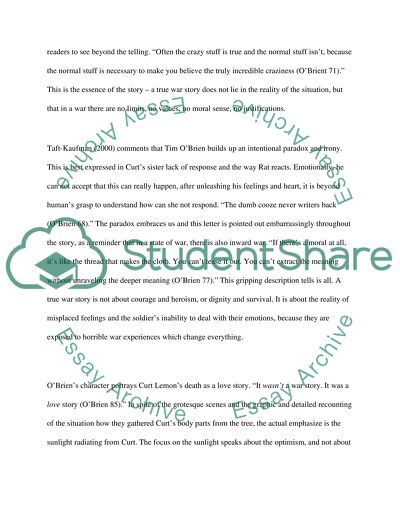Cite this document
(“A reader and How to Tell a True War Story Essay”, n.d.)
A reader and How to Tell a True War Story Essay. Retrieved from https://studentshare.org/literature/1559467-a-reader-and-how-to-tell-a-true-war-story
A reader and How to Tell a True War Story Essay. Retrieved from https://studentshare.org/literature/1559467-a-reader-and-how-to-tell-a-true-war-story
(A Reader and How to Tell a True War Story Essay)
A Reader and How to Tell a True War Story Essay. https://studentshare.org/literature/1559467-a-reader-and-how-to-tell-a-true-war-story.
A Reader and How to Tell a True War Story Essay. https://studentshare.org/literature/1559467-a-reader-and-how-to-tell-a-true-war-story.
“A Reader and How to Tell a True War Story Essay”, n.d. https://studentshare.org/literature/1559467-a-reader-and-how-to-tell-a-true-war-story.


